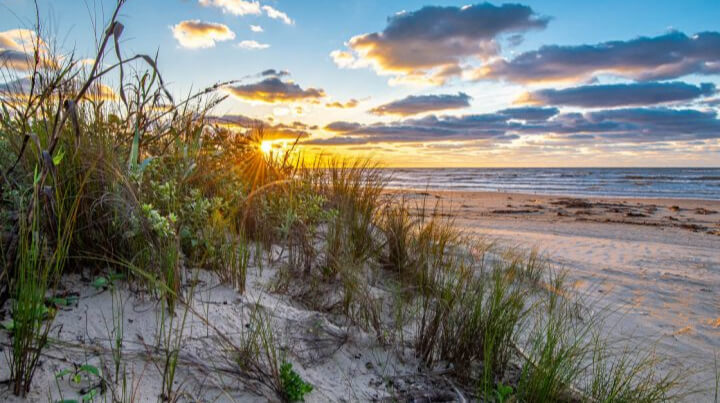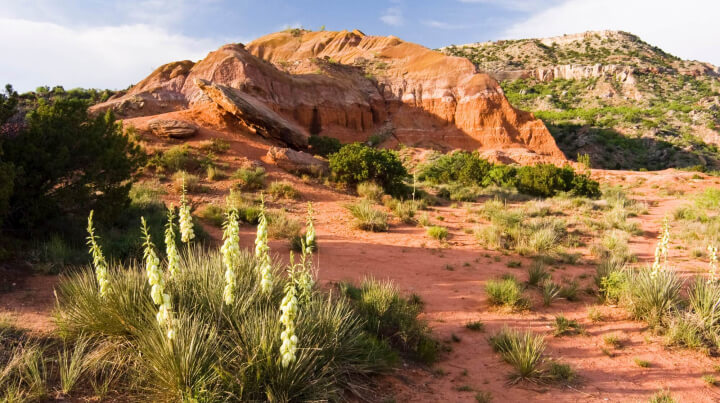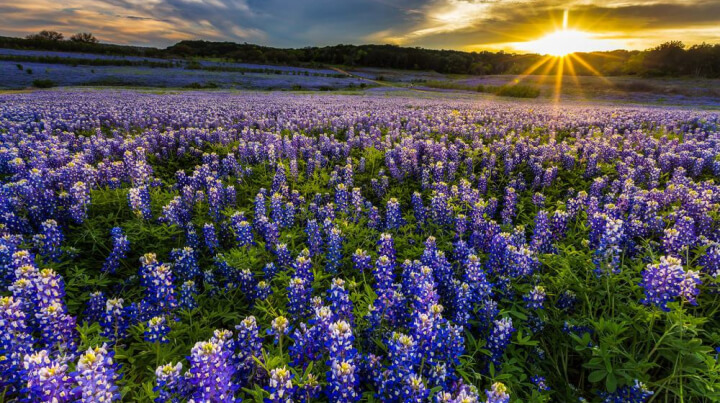Texas A&M Forest Service Nature Challenge

Chasing Rain: Follow the Flow!
Walk around your neighborhood, a park, or even your backyard after it rains. Where does the water go? Does it soak into the soil, collect in puddles, or run off into storm drains? If you see a creek or river, check how high the water is after a rain compared to drier days. Think about where this water comes from and where it’s going. What happens when there isn’t enough rain? How do Austin’s water sources change during a drought?
Science Seed: Austin relies on the Colorado River and Highland Lakes for drinking water, but these sources shrink during droughts. Texas is known for cycles of dry and wet years, making water conservation essential. When rainfall is low, lake levels drop, and restrictions on water use help ensure there’s enough for everyone. Native plants, rain gardens, and water-saving habits—like turning off sprinklers during dry months—can help communities manage water more sustainably.
Buy real badges: https://familiesinnature.org/shop/#!form/Shopping
Details

|
|
|
|

This Challenge is for:
- All Ages
- Formal Educators
- Informal Educators
Challenge Topics:
- At Home
- Climate Action
- Conservation/Environmental Education
- Habitat Restoration
- Nature and Mental Health
- Outdoor Recreation
- School Campus
- Urban Greening
- Water Conservation
This Challenge is accessible for:
- People with Visual Impairments
- People with Hearing Impairments
- People with Mobility Impairments
- People with Developmental Impairments
- People with Sensory Sensitivities
Assistive Technologies Available:
- Accessibility features are available at link above
To complete this challenge
Step one
1. Walk Around After Rain

After it rains, go for a walk around your neighborhood, a park, or your backyard. Take note of where the water goes after it falls—does it soak into the soil, form puddles, or run off into storm drains?
Step two
2. Observe Water Flow

If you have access to a creek or river, check how high the water is compared to a dry day. Can you see any changes in water levels after the rain?
Step three
3. Record Your Observations

Take notes about where you see water accumulating and how it moves through the environment. Create a map of your area and where the water is! Which surfaces are absorbing water, and which are causing runoff?
Step four
4. Think About the Source

Reflect on where the rainwater comes from and where it goes. Does it eventually reach a body of water like a lake or river?
Step five
5. Consider Drought Impact

Think about what happens when there isn’t enough rain. How do water sources in Austin, like the Colorado River and Highland Lakes, change during a drought?
Step six
6. Earn Your Badge

Once you’ve completed your walk and reflection, share your observations and understanding of Austin’s water flow and the importance of water conservation.
Step seven
Earn your badge!

Gallery
There aren't any images in the gallery.
Texas A&M Forest Service and cooperators collectively known as “Nature Challenge” have not inspected the physical locations of challenges. No warranty of safecondition, or fitness for particular use is granted by Nature Challenge. Nature Challenge has not vetted whether the challenges, as formatted by the Provider, is safe. Anyone performing this challenge will be doing so at their own risk.








